#gothic folklore
Explore tagged Tumblr posts
Text


Art by Roberto Ferri
#art#artist#artblr#painting#oil on canvas#oil painting#fine art#artists#art community#goth#gothic#dark academia#horror#macabre#witch#witchcraft#witchblr#appalachian folklore#appalachian gothic#appalachian witch#witchcore#gothcore#art gallery#art blog
9K notes
·
View notes
Text
2.252 The Wolf and the Woodsman by Ava Reid
SPOILERS
Disclaimer: This review is my personal opinion. I did not like this book, but it is not my intention to hate on anyone who did like this book. I encourage you to read things on your own and have your own feelings about them.
Pages: 410
Time Read: 8 hours and 25 minutes
Overall Rating: 1.5★ Storyline: 1.5★ Dialogue: 2★ Characters: 1★
Genre: Adult Gothic Fantasy
TWs for the book: Violence, gore, blood, body horror, self harm, mutilation, religious bigotry, antisemitism, death, animal death, injury, murder, xenophobia, animal cruelty, torture, physical abuse, war, racism, death of a parent, bullying, hate crimes, colonization, child abuse, genocide, grief, emotional abuse, s*xual content, kidnapping, fire, confinement, vomit, classism, abandonment, racial slurs, misogyny, child death, sexism, trafficking, body shaming, toxic relationship, cultural appropriation, toxic friendship
POV: First person
Time Period/Location: The fictional country of Régország; including the village Keszi, the forest of Ezer Szem, the Black Lake, the Little Plain, Kaleva, Lake Taivas, and the capital city of Kirláy Szek.
First Line: The trees have to be tied down by sunset.
Évike has spent her entire life in the pagan village of Keszi, hidden away by the forest of Ezer Szem. Girls in this village are gifted with powers, the ability to forge metal by singing, the ability to make fire, the ability to heal, or, the rarest, the ability to have visions of the future. They wear wolf pelts as cloaks, giving them the title of wolf-girls. Every few years, the Woodsman, loyal servants of King János Bárány of Régország, come and take a wolf-girl to the capital, Kirláy Szek, where they are never heard from again. When Évike was 10, her mother was taken. She was born with no powers, and her father was Yehuli, a race of people that serve as tax collectors for the king. She has spent her entire life with one friend, Boróka, and was raised by the táltos (seer and village leader), Virág. The story begins with her helping the village prepare for the Woodsmans' arrival, and is taunted and teased by a seer girl Katalin and her friends. When they go to see Virág that evening, she has a vision, seeing that the Woodsman are coming to take Katalin. Because she is the only other seer in the village, and she is to replace Virág when she dies, she dyes Évike's hair and makes her pretend to be Katalin. The Woodsman take her and drag her off into the woods. On the way there, one of the Woodsman, Peti, tries to kill her in a religious fervor. The leader of the four Woodsman, one-eyed Gáspár, chops off Peti's arm as punishment. He later dies from infection and blood loss. They make it out of the forest and camp near the Black Lake, where the other two Woodsman are eaten by shapeshifting monsters disguised as black chickens. Gáspár and Évike fight them off, and he reveals that he is the legitimate son and heir of János Bárány. He says that his bastard brother Nándor wants to mess up the line of succession and overthrow their father. He follows the Patrifaith, like most of Régország, but is fervently religious and wants to exile the Yehuli and kill all of the pagans. Régország is also at war with Merzan, a country to the south, and where Gáspár's mother came from. King János wanted a seer so he could use her power to win the war. Gáspár wants to give his father a seer before Saint István's Day to stop Nándor from taking over, but in the fight Évike's hair dye came off and she was revealed for what she was. They make a bargain, that if Évike helps him find the turul, a magic bird that can see past, present, and future, he will let her return to her village.
They begin their journey north to Kaleva, where they believe the turul is. They stop in a village which claims to be plagued by a monster killing people. Gáspár agrees to help them hunt the monster, much to Évike's annoyance. They spend a couple days there and eventually find the remnants of the missing people in the tent of the village leader. Gáspár kills him, and they go on their way again. Gáspár and Évike grow closer the farther they travel north, and eventually reach Lake Taivas and the forest they believe hides the turul. In the Patrifaith, the Woodsman cut off limbs and body parts or cut themselves in order to wield magic. Gáspár's missing eye marks him as a Woodsman, and he cuts himself to light fires. Évike begins to wonder if she could do something similar. The wolf-girls get their magic from Isten, the pagan father god, but she wonders if she perhaps should have been praying to Ördög, the god of the Under-World, this whole time. She cuts off one of her pinky fingers and then sticks her whole hand into the fire and it goes out. They are chased from the forest onto the frozen lake by walking trees, and Évike falls through the ice. Gáspár jumps in to save her, and they both become unconscious on the ice. They wake up in a tree house with a pagan woman named Tuula, and her pet bear Bierdna. They later meet her partner, Szabín, who is a former Patrician. She tells the story of how Nándor grew up with her and he fell through the ice on a lake and froze to death. The Érsek, the archbishop, prayed over him and he came back to life, so he was given sainthood.
Gáspár and Évike try to continue their hunt for the turul, but Tuula and Szabín warn them not to. They realize they don't have enough time, and begin the journey back. Gáspár tries to convince Évike to go back to Keszi, but she refuses, saying she wants to find her father. They encounter several monsters on the way to Kirláy Szek, including a monster disguised as a naked young girl. When the monster dies, an spell makes Gáspár and Évike drawn to each other and they make out in the woods, but when the spell breaks, Gáspár rejects Évike, which hurts her feelings. They arrive in Kirláy Szek on Saint István's Day and Évike tries to find her father Zsigmond. Someone on Yehuli street finally tells her that he is being punished by Nándor for working on a holy day. It is against the Yehuli's religion to touch pig, so they find Nándor making Zsigmond kneel on a dead pig. Évike tries to defend him but is taken to the dungeon. She is then presented before the king, who wears a crown of fingernails all coming from the dead wolf-girls the Woodsman have taken. He is able to wield all of their powers. He tries to get her to demonstrate any of the four abilities but she isn't able to, so he tries to execute her. She brings up her hand to touch his sword and it disintegrates. She makes a deal with the king that she will use her magic to protect him if he promises to leave Keszi and the pagans alone and free her father Zsigmond. He agrees, and she spends a week playing bodyguard for the king while reconnecting with her father and learning how to write and about her Yehuli heritage.
Then Katalin is brought into the capital by Woodsman, and Nándor tries to kill Évike. She escapes, and her, Gáspár, and Katalin flee north to Kavala, using Katalin's seeing ability to find the turul once and for all. When they arrive back at Lake Taivas, they are confronted by Tuula, Szabín, and Bierdna. They all fight, and Évike jumps into the frozen lake once again. She finds herself transported to the top of the turul's tree, and she uses her magic to kill it. When she reaches the bottom, the Woodsman have caught up to them and capture them all. They are taken back to the capital, and the king eats the eyes of the turul, but the power is too strong and he starts to go mad. Nándor kills him then and there, and captures Évike, Gáspár, and Katalin. He kills the Érsek, and says that Katalin and Évike will be executed the next day, and Gáspár will crown him as king. Afterwards he will stab out Gáspár's other eye and exile him. The next day comes, and right before the coronation, Katalin has a vision and says that the pagans have come to attack the city. The Woodsman fight the pagans but lose, and Évike and Gáspár kill Nándor.
Évike goes back to Keszi and agrees to be the ambassador between Keszi and Kirláy Szek.
Évike: This book was nearly impossible to get through due to Évike being the most unbearable main character I've ever had the displeasure of reading about. She is unbelievably horny for Gáspár the entire book with pretty much no basis. She goes from hating him to wanting to have sex with him in no time, and there is really no chemistry or connection between them at all. Évike is a brat, reading as no more than a moody teenager, while in actuality being 25 years old. She is hateful for no reason a lot of the times, and while she definitely has reasons to be angry, she's mostly just a bully. The entire plot revolves around her saving her abusers to prove that they weren't right about her, and then she goes back to them in the end. Pointed out by a reviewer called Nasi on GoodReads, she does not at all act like someone who has been bullied and abused for more than half her life. She doesn't try to avoid situations in which she could be hurt, or have much of any empathy for Gáspár. She finally feels at home and welcomed like she never has before with her father and the Yehuli, and yet she still goes back to Keszi to be with her abusers and that makes literally zero sense to me. Everyone she meets reminds her of either Katalin or Virág to the point of annoyance.
Gáspár Bárány: He had so much potential that was completely wasted throughout this book. He honestly should have been the main character and had everything coming through his POV. He had to go through a lot of complex emotions: betraying his faith, fighting his brother, trying to protect his father even though he hurt him, falling in love with Évike despite the fact that she was completely unlikable, becoming the ruler of a nation overnight. He goes through a lot of growth throughout the book that we don't get to see at all.
Virág and Katalin: Virág whipped Évike almost daily and was cruel to her, and Katalin regularly burned her and called her racial slurs, and yet, with no apology for said behavior, and some half ass excuses from both of them, they get a redemption arc where Évike completely justifies their behavior in her mind and goes back to them, and they start being nicer to her just because she saved them all. Katalin's reason for tormenting her was she was jealous that Virág was nice to her sometimes (even though Virág was nice to Katalin ALL the time and never beat her). Virág's reason for saving Évike from being thrown into the woods after her mother was taken by the Woodsman and tolerating her for 15 years was that she had a vision and knew that Évike would save her life in the battle.
Storyline: The storyline was boring and unpredictable (but not in a good way). The first 50% of the book is Évike and Gáspár wandering around and being bitchy with each other, and while this would have been the perfect opportunity to have the romance build up, it doesn't. If anything it proves how little of a connection is between them besides the fact that Évike is horny and finds him hot. The next half of the book had me wondering the entire time how the book was going to end because I didn't see a way for a good, plausible ending (there wasn't). The real magic of the book was the magic of convenience. Nándor brutally kills the Érsek with magic previously unseen before by the reader, and yet Évike and Gáspár take him out fairly easily in comparison to how powerful this character has been made out to be. We also never get an explanation as to why Nándor IS so powerful. Évike spends half the book wondering about it, and yet the only explanation we get is that it must have been the time he died in the ice. But how did he come back to life? Why did he come back to life? Why did that give him greater powers? What magic was he really using? Ava Reid set up a pretty cool magic system and then gave us nothing with it. We only see Évike's magic a handful of times before she loses it by killing the turul. The Yehuli are shown to have a really cool magic using words that is also barely demonstrated. Tuula's magic, seeming to be a control over animals that the pagans in Kavala, the Juuvi, possess, is underused as well. The happily ever after ending we get where suddenly the Merzani, the Yehuli, the pagans, and the Patricians are suddenly cool with each other despite years and years of hate, violence, and genocide is completely implausible.
Representation: The language and culture were supposed to be based on Hungarian culture, but after reading the comments of a Hungarian reviewer named Brigi on GoodReads, among others, I've learned that the "Hungarian representation" is more like loose cultural and linguistic appropriation at best. The Yehuli were based off the Jewish people. Gáspár is mixed as he is half Merzani and he faces racism from his own people due to this fact. He also is missing an eye. Évike is missing a pinky finger, and the rest of the Woodsman also have missing pieces of their face/body, but all of that is self inflicted. Tuula and Szabín are gay, and it is hinted that Katalin and Boróka might have feelings for each other.
Summary: This book did have the potential. The magic system was unique and intriguing. There was a lot of good commentary on religion and culture. Gáspár could have been a really intriguing character. The gothic horror folklore vibe definitely was there and could have been there better. But all of it was wasted on a horrible attempt at enemies to lovers and nicely wrapped up ending where everyone is happy, the end. Ava Reid definitely knows how to write, and a lot of her prose is beautiful, but it felt like she tried to use her prose to make up for the fact that her story was simply not good. There was an abundance of metaphors and similes, so dense in parts that I had trouble differentiating the descriptive language from what was actually happening. Some of the word usage didn't even make sense. I love the unique names, however, from what I've heard, the pronunciation and spellings weren't even done correctly, and going back and forth from the story to the pronunciation guide constantly was exhausting. There was an overabundance of repeated words, phrases, and information that made everything seem incredibly shallow, and the fact that this was happening in first person narration reflected on Évike and made her even more unlikable and stupid. Also with it being first person, a lot of the flowerly language didn't make sense for who Évike is, especially when you learn 60% of the way into the book that she is illiterate. I really don't know if I'll be picking up anymore books by Ava Reid, and I sadly do not understand the hype here as this was definitely one of the worst books I've read.
Quotes: "I can't even light a match myself, of course, but if the price of Woodsman power is being honor-bound to some morose, pitiless god who demands purity and perfection, I'm not sure it's worth the cost."-Évike (p. 65) "All that talk of quiet obedience is for their benefit, not yours. They don't have to go to the effort of striking you down if you're already on your knees."-Évike (p. 97)
#book review#book blog#books#book reviews#fantasy#gothic horror#gothic folklore#ava reid#the wolf and the woodsman#twatw#bad books
1 note
·
View note
Text


#goth#gothic#gothcore#rural#aesthetic#appalachia#midwest#appalachian trail#appalachian culture#appalachian folklore#appalachian horror#rural photography#rural decay#rural america#rural life#ruralcore#southern#small town america#small town usa
5K notes
·
View notes
Text










2024 Yokai Night Parade- TOEI studio park, Kyoto Japan
#occult#folklore#gothic#folk horror#goth#japan#japan folklore#japanese#horror#folkhorror#spooky#spooky season#halloween#masks#mask#monster#ghost#ghosts#haunted#haunting#cyclops#goth aesthetic#goth vibes#macabre#black and white#black and white photography#street photography#japanese yokai#travel
2K notes
·
View notes
Text

#deer#deers#goth#nature#gothic#gothcore#photography#forestcore#forest#appalachia#rural#rural photography#rural america#ruralcore#rural life#appalachian mountains#appalachian folklore#dark cottagecore#appalachian horror#appalachian trail#americana#woods
2K notes
·
View notes
Text


“Heretic”
Day 5 - Witch
The feminine urge to summon demons.
Metallic watercolors used for the eyes and runes.
#illustration#my art#drawing#inktober#mabsdrawlloweenclub#folklore#witch#horror#watercolor#dark art#witchcraft#surrealism#traditonal art#pagan#nature#folk horror#gothic art#demonic
1K notes
·
View notes
Text
the appalachian murder ballad <3 one of the most interesting elements of americana and american folk, imo!
my wife recently gave me A Look when i had one playing in the car and she was like, "why do all of these old folk songs talk about killing people lmao" and i realized i wanted to Talk About It at length.
nerd shit under the cut, and it's long. y'all been warned
so, as y'all probably know, a lot of appalachian folk music grew its roots in scottish folk (and then was heavily influenced by Black folks once it arrived here, but that's a post for another time).
they existed, as most folk music does, to deliver a narrative--to pass on a story orally, especially in communities where literacy was not widespread. their whole purpose was to get the news out there about current events, and everyone loves a good murder mystery!
as an aside, i saw someone liken the murder ballad to a ye olde true crime podcast and tbh, yeah lol.
the "original" murder ballads started back across the pond as news stories printed on broadsheets and penned in such a way that it was easy to put to melody.
they were meant to be passed on and keep the people informed about the goings-on in town. i imagine that because these songs were left up to their original orators to get them going, this would be why we have sooo many variations of old folk songs.
naturally then, almost always, they were based on real events, either sung from an outside perspective, from the killer's perspective and in some cases, from the victim's. of course, like most things from days of yore, they reek of social dogshit. the particular flavor of dogshit of the OG murder ballad was misogyny.
so, the murder ballad came over when the english and scots-irish settlers did. in fact, a lot of the current murder ballads are still telling stories from centuries ago, and, as is the way of folk, getting rewritten and given new names and melodies and evolving into the modern recordings we hear today.
305 such scottish and english ballads were noted and collected into what is famously known as the Child Ballads collected by a professor named francis james child in the 19th century. they have been reshaped and covered and recorded a million and one times, as is the folk way.
while newer ones continued to largely fit the formula of retelling real events and murder trials (such as one of my favorite ones, little sadie, about a murderer getting chased through the carolinas to have justice handed down), they also evolved into sometimes fictional, (often unfortunately misogynistic) cautionary tales.
perhaps the most famous examples of these are omie wise and pretty polly where the woman's death almost feels justified as if it's her fault (big shocker).
but i digress. in this way, the evolution of the murder ballad came to serve a similar purpose as the spooky legends of appalachia did/do now.
(why do we have those urban legends and oral traditions warning yall out of the woods? to keep babies from gettin lost n dying in them. i know it's a fun tiktok trend rn to tell tale of spooky scary woods like there's really more haints out here than there are anywhere else, but that's a rant for another time too ain't it)
so, the aforementioned little sadie (also known as "bad lee brown" in some cases) was first recorded in the 1920s. i'm also plugging my favorite female-vocaist cover of it there because it's superior when a woman does it, sorry.
it is a pretty straightforward murder ballad in its content--in the original version, the guy kills a woman, a stranger or his girlfriend sometimes depending on who is covering it.
but instead of it being a cautionary 'be careful and don't get pregnant or it's your fault' tale like omie wise and pretty polly, the guy doesn't get away with it, and he's not portrayed as sympathetic like the murderer is in so many ballads.
a few decades after, women started saying fuck you and writing their own murder ballads.
in the 40s, the femme fatale trope was in full swing with women flipping the script and killing their male lovers for slights against them instead.
men began to enter the "find out" phase in these songs and paid up for being abusive partners. women regained their agency and humanity by actually giving themselves an active voice instead of just being essentially 'fridged in the ballads of old.
her majesty dolly parton even covered plenty of old ballads herself but then went on to write the bridge, telling the pregnant-woman-in-the-murder-ballad's side of things for once. love her.
as a listener, i realized that i personally prefer these modern covers of appalachian murder ballads sung by women-led acts like dolly and gillian welch and even the super-recent crooked still especially, because there is a sense of reclamation, subverting its roots by giving it a woman's voice instead.
meaning that, like a lot else from the problematic past, the appalachian murder ballad is something to be enjoyed with critical ears. violence against women is an evergreen issue, of course, and you're going to encounter a lot of that in this branch of historical music.
but with folk songs, and especially the murder ballad, being such a foundational element of appalachian history and culture and fitting squarely into the appalachian gothic, i still find them important and so, so interesting
i do feel it's worth mentioning that there are "tamer" ones. with traditional and modern murder ballads alike, some of them are just for "fun," like a murder mystery novel is enjoyable to read; not all have a message or retell a historical trial.
(for instance, i'd even argue ultra-modern, popular americana songs like hell's comin' with me is a contemporary americana murder ballad--being sung by a male vocalist and having evolved from being at the expense of a woman to instead being directed at a harmful and corrupt church. that kind of thing)
in short: it continues to evolve, and i continue to eat that shit up.
anyway, to leave off, lemme share with yall my personal favorite murder ballad which fits squarely into murder mystery/horror novel territory imo.
it's the 10th child ballad and was originally known as "the twa sisters." it's been covered to hell n back and named and renamed.
but! if you listen to any flavor of americana, chances are high you already know it; popular names are "the dreadful wind and rain" and sometimes just "wind and rain."
in it, a jealous older sister pushes her other sister into a river (or stream, or sea, depending on who's covering it) over a dumbass man. the little sister's body floats away and a fiddle maker come upon her and took parts of her body to make a fiddle of his own. the only song the new fiddle plays is the tale about how it came to be, and it is the same song you have been listening to until then.
how's that for genuinely spooky-scary appalachia, y'all?
#appalachia#appalachian murder ballads#murder ballads#appalachian music#appalachian culture#appalachian history#appalachian#appalachian folklore#appalachian gothic#tw violence against women#cw violence against women#cw murder#tw murder#folk music#folk#txt
3K notes
·
View notes
Text

#goth#gothic#dark academia#horror#leather#rural#southern#southern goth#aesthetic#ruralcore#rural america#rural life#appalachia#appalachain trail#appalachian folklore#rural gothic#southern goth aesthetic
2K notes
·
View notes
Text
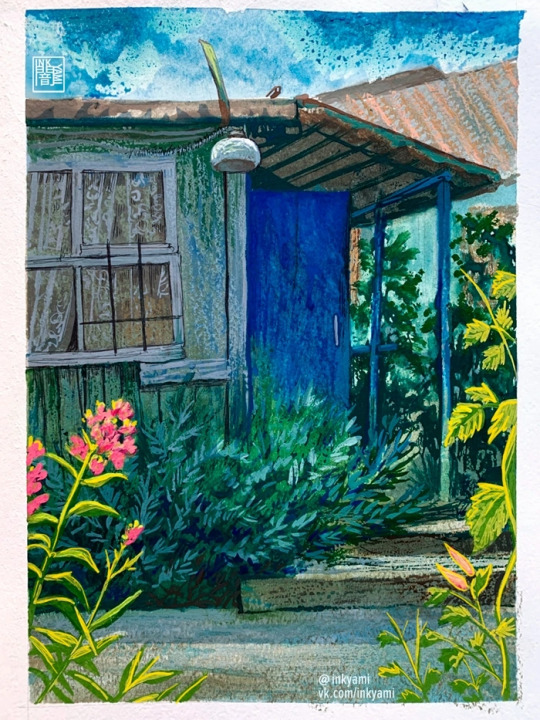
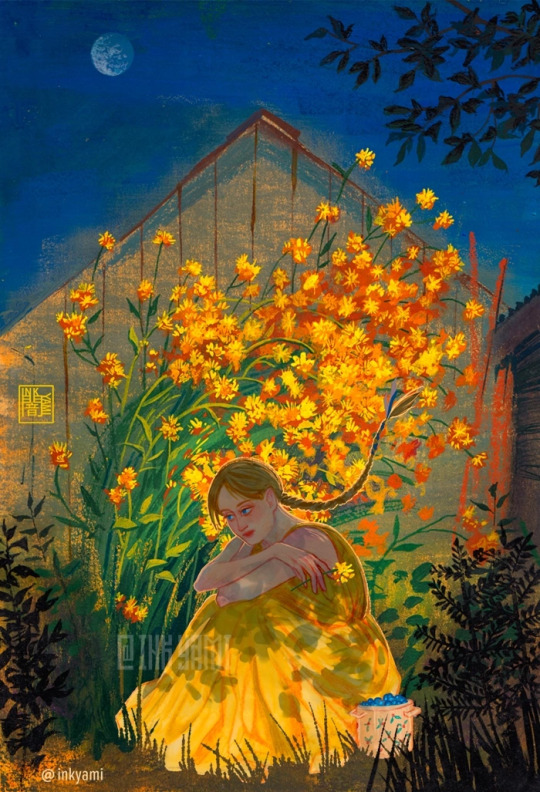
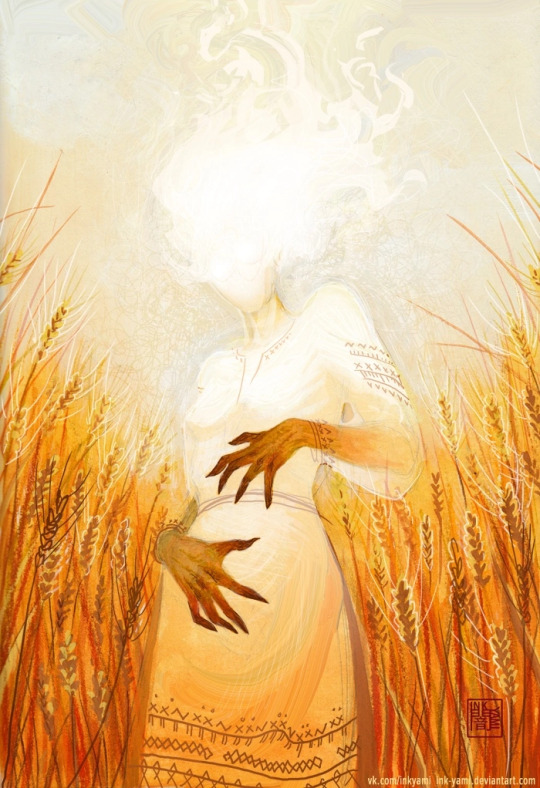
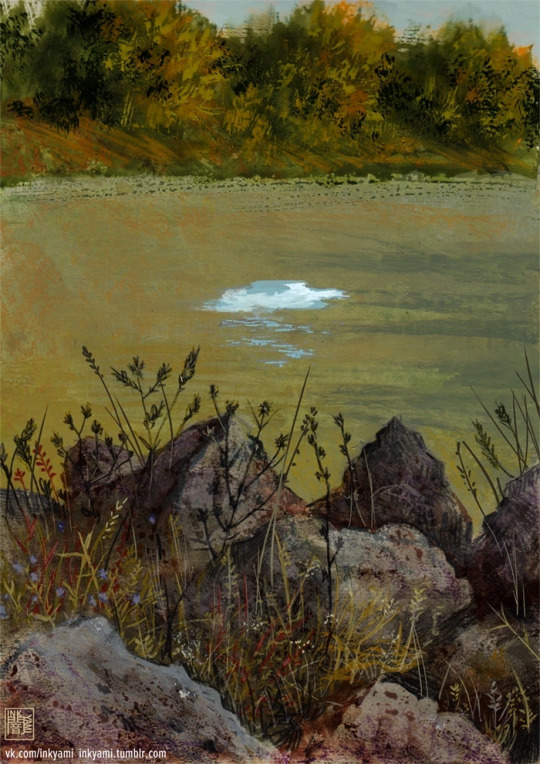
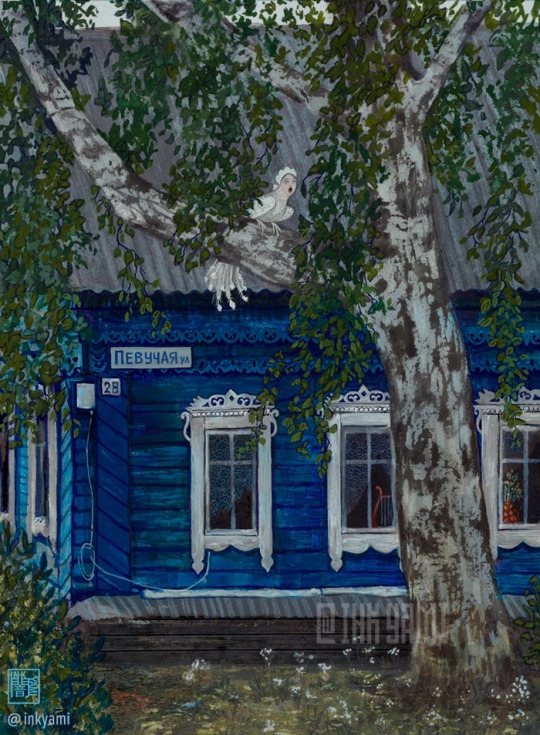
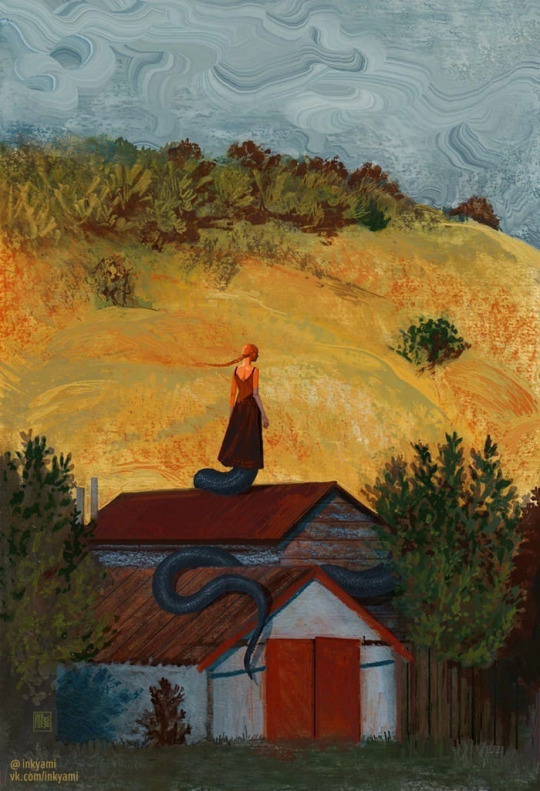
Summer melancholy and scorching heat
Twitter | VK | INPRNT | Leave a tip
#summertime sadness#dare i say#artists on tumblr#folklore#surreal art#country gothic#traditionl art#poludnica#siren
1K notes
·
View notes
Text


#ethel cain#hayden anhedönia#preachers daughter#preacher’s daughter#rural#rural gothic#goth#rural america#americana#ruralcore#rural decay#rural life#rural photography#midwest#appalachia#religion#religious imagery#appalachian culture#appalachian folklore#lamb#gothcore
733 notes
·
View notes
Text

🜏 ᴛʜᴇ ᴠᴠɪᴛᴄʜ 𓃶
#the vvitch#anya taylor joy#robert eggers#horror#folklore#gothic#horror movie#witches#witchcraft#b&w#b/w#black and white
993 notes
·
View notes
Text
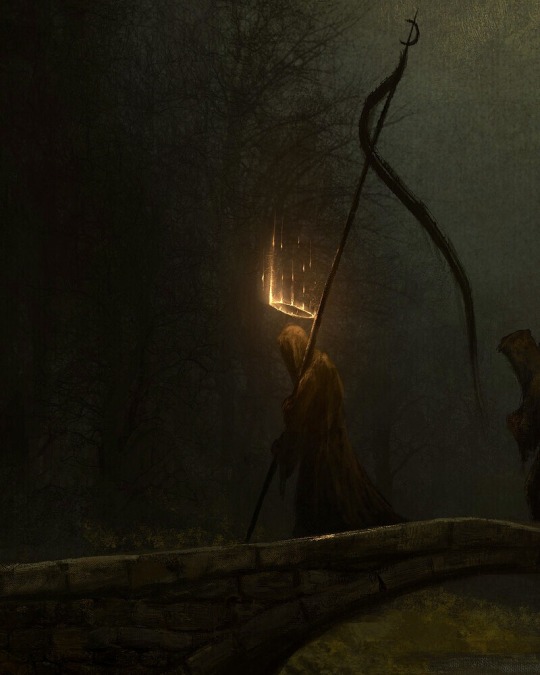
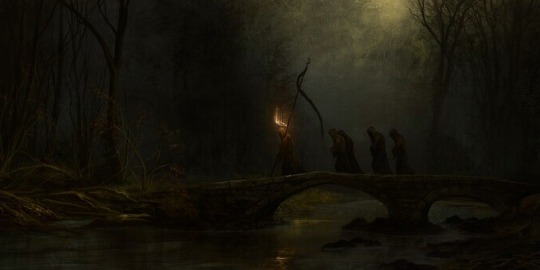
Nightwalkers by Ben J
#art#artist#artblr#painting#oil on canvas#oil painting#dark art#macabre#goth#gothic#appalachian horror#art community#horror#dark academia#artists#witch#witchcore#appalachian gothic#witchblr#appalachian witch#art blog#modern art#contemporary art#art gallery#digital art#gothcore#appalachian folklore#appalachia#art history
8K notes
·
View notes
Text

†
#goth#gothic#night#chapel#church#appalachian trail#appalachian folklore#appalachia#rural#christianity#rural america#rural photography#rural decay#rural life#midwest
1K notes
·
View notes
Text

#goth#gothic#gothcore#rural#midwest#horror#eerie#rural decay#aesthetic#ruralcore#rural photography#rural america#rural life#appalachia#appalachian folklore#appalachian trail#appalachian mountains#appalachian witch#dark academia#witch#witches#witchcraft#witchblr#witchcore#eeriecore
3K notes
·
View notes
Text
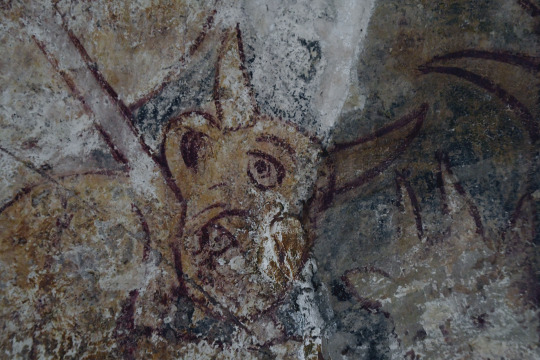
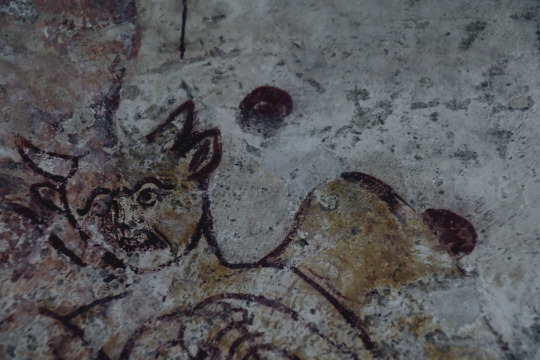
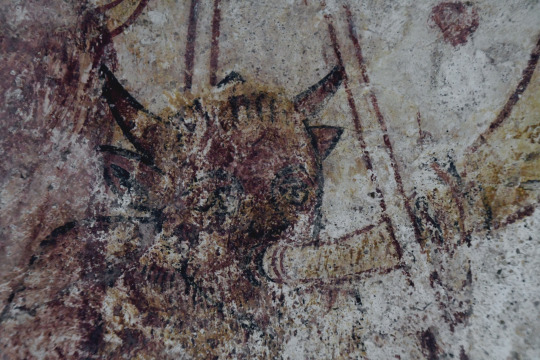
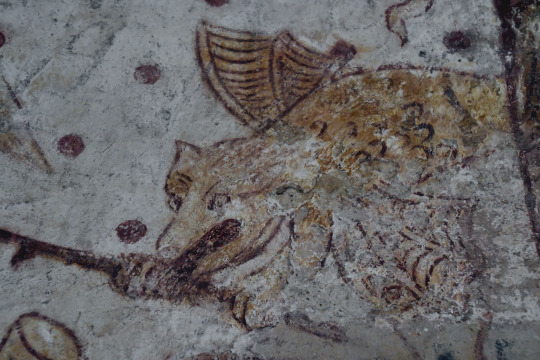
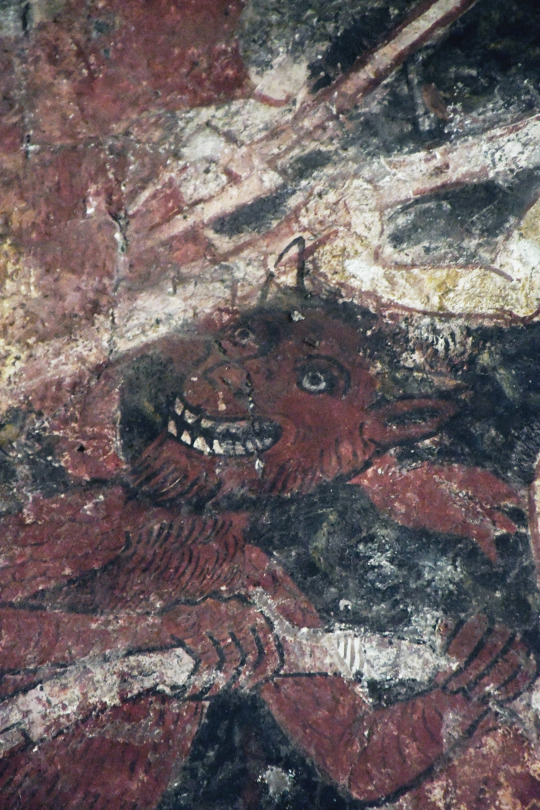
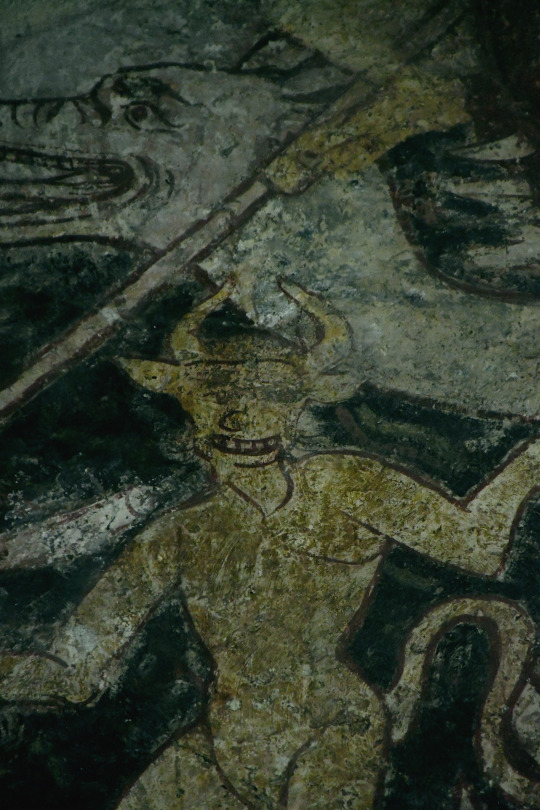
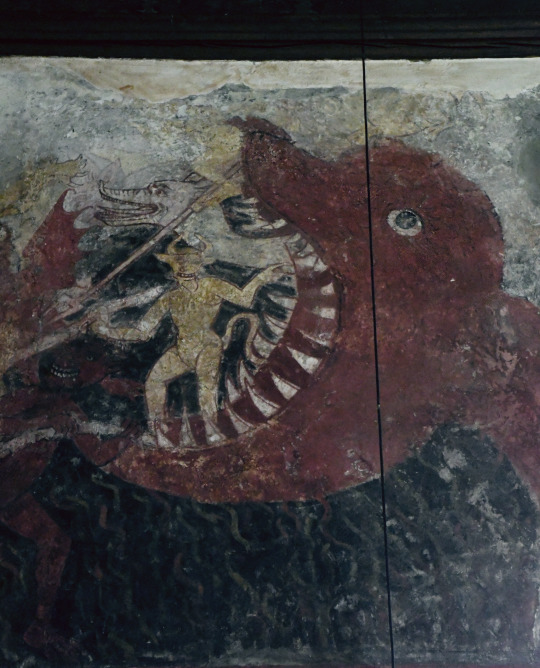
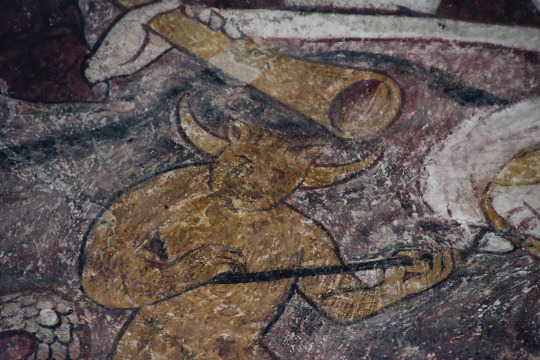
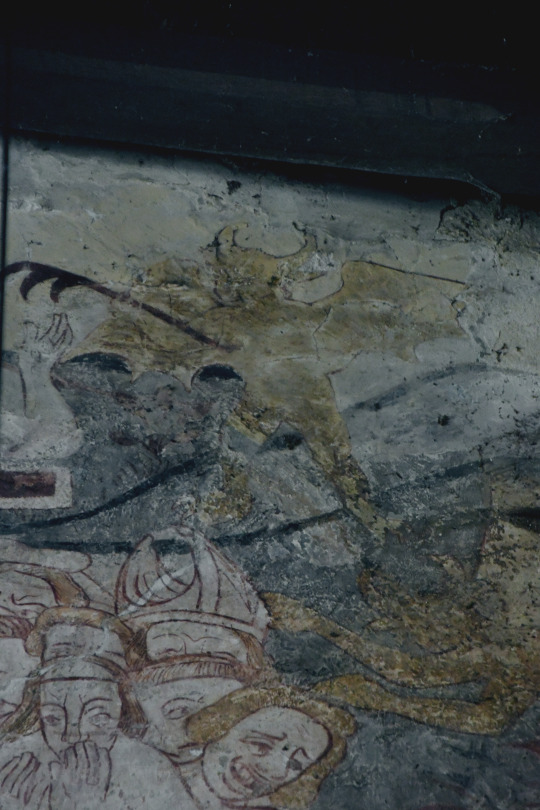
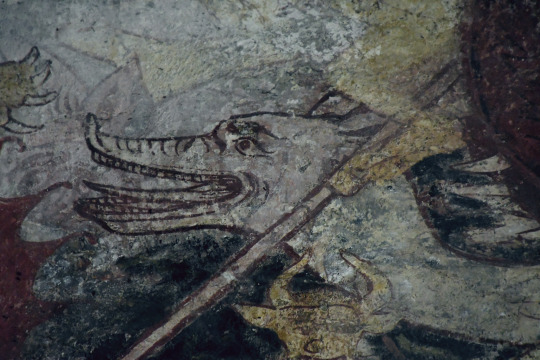

Devils and the Mouth of Hell details from South Leigh doom painting 15th C- South Leigh, UK
#occult#gothic#folklore#memento mori#goth#folk horror#skull#dead#wall art#painting#doom painting#fresco#medieval art#art history#medieval#devil#demon#satan#monster#hell#hell mouth#mouth of hell#horror#myth#legend#creepy#macabre#goth aesthetic#goth vibes#goth goth
2K notes
·
View notes





